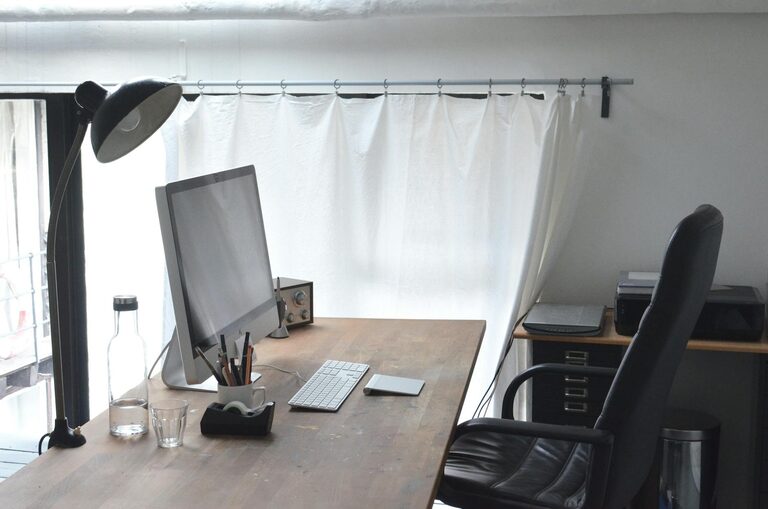
Creating a workspace that supports focus and comfort is essential whether you work from home or in an office. A well-designed desk setup not only helps reduce stress but also enhances your ability to concentrate and work efficiently. In this post, we’ll walk through practical tips and ideas to help you optimize your desk setup for better focus and comfort.
Why Your Desk Setup Matters
Many people underestimate the impact of their physical environment on productivity and well-being. An uncomfortable or cluttered workspace can cause distractions, strain, and fatigue. On the other hand, a thoughtfully arranged desk can make tasks easier and more enjoyable, leading to improved concentration and fewer breaks due to discomfort.
Essential Elements of a Focus-Friendly Desk Setup
1. Choose the Right Desk and Chair
Your desk and chair are the foundation of your workspace.
– Desk height: Ideally, your desk should allow your forearms to rest parallel to the floor while typing. Standard desk heights range from 28 to 30 inches, but adjustable desks are great for customizing your ideal height.
– Chair support: Use an ergonomic chair that supports your lower back and encourages good posture. Adjustable features like seat height, lumbar support, and armrests make a big difference.
2. Position Your Screen Correctly
Eye strain and poor posture often come from improper screen placement.
– Place the top of your monitor at or slightly below eye level.
– Keep your screen about an arm’s length away.
– Avoid glare by positioning the monitor perpendicular to windows or using curtains/blinds.
3. Organize for Efficiency
A cluttered desk can overwhelm your mind and reduce productivity.
– Keep only frequently used items within easy reach.
– Use desk organizers, trays, or drawer dividers to sort stationery and documents.
– Regularly declutter to maintain a clean working area.
Comfort Tips for Long Hours at the Desk
1. Support Your Body
Comfort during long work sessions is key to staying focused.
– Use a footrest if your feet don’t comfortably reach the floor.
– Consider a seat cushion for extra padding.
– Take short standing or stretching breaks every hour to relieve muscle tension.
2. Optimize Lighting
Good lighting reduces eye strain and prevents headaches.
– Use natural light when possible, but avoid harsh direct sunlight.
– Add desk lamps with adjustable brightness and color temperature.
– Position lights to eliminate shadows and screen glare.
3. Control Noise Levels
Minimizing distractions helps maintain deep focus.
– Use noise-cancelling headphones or earbuds if you’re in a noisy environment.
– Try background music or white noise apps if it helps concentration.
– Place your desk in a quieter area or use room dividers to block noise.
Personalize Your Space for Motivation
While organization and ergonomics are important, adding a personal touch can make your space inviting and inspiring.
– Add plants for greenery and improved air quality.
– Use artwork or photos that motivate you.
– Keep a favorite mug or small decoration on your desk.
Tips to Maintain Your Desk Setup
Building a great workspace is not a one-time task. Keeping it functional requires ongoing attention:
– Spend a few minutes each day tidying up.
– Reassess your layout every few weeks as your workflow changes.
– Adjust chair and screen height as needed for comfort.
Conclusion
Investing time in creating a desk setup designed for focus and comfort can pay off with better productivity and well-being. Start with the basics—right furniture, screen position, and lighting—then personalize the space to suit your style and needs. With thoughtful organization and regular upkeep, your desk can become a place where you enjoy working every day.
—
By following these simple tips, you can transform your desk into a workspace that supports both your comfort and concentration, helping you work smarter and feel better.




